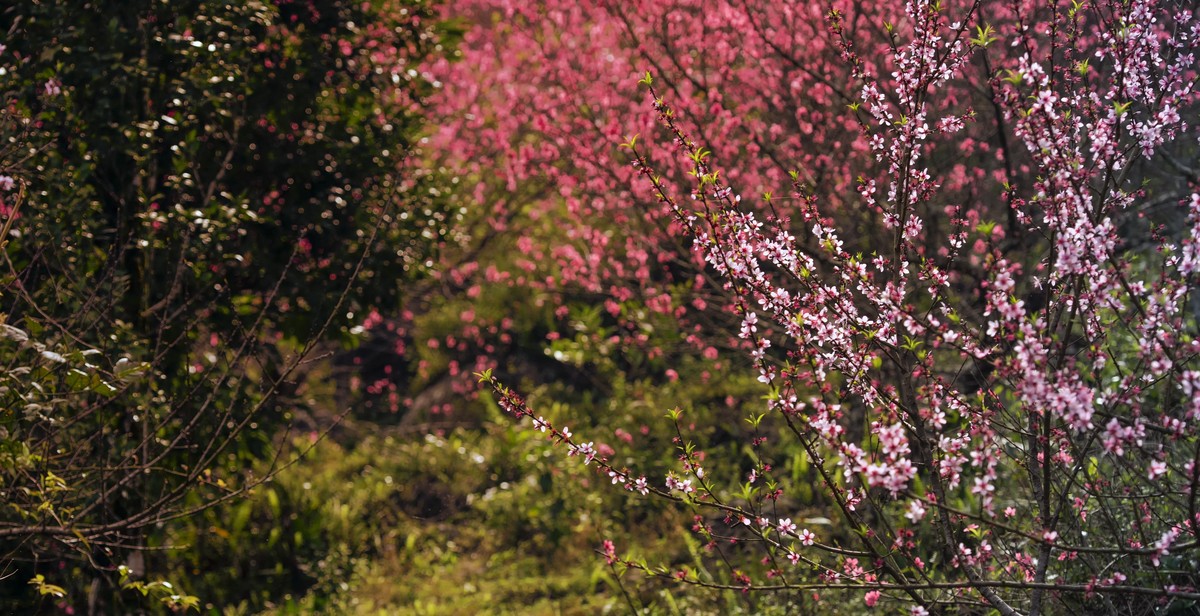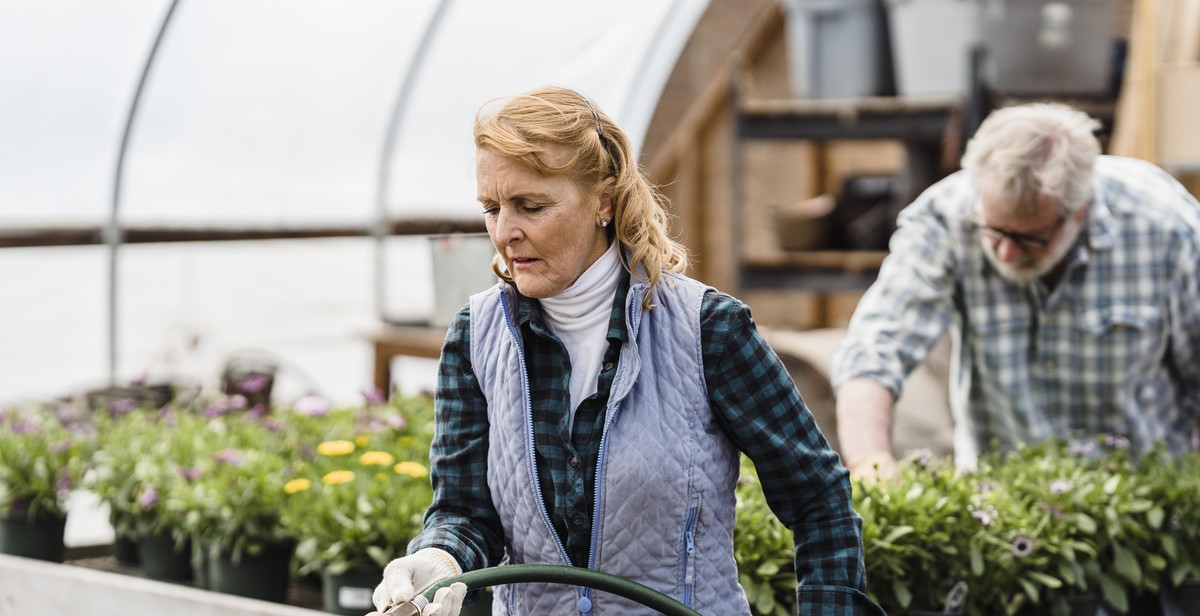How to Create a Drought-tolerant Garden: Choosing Resilient Plants and Watering Techniques
Creating a beautiful garden can be a challenging task, especially if you live in an area that experiences drought. However, with the right knowledge and techniques, you can create a stunning garden that is both beautiful and resilient. In this article, we will explore how to create a drought-tolerant garden by choosing the right plants and implementing effective watering techniques.
Choosing Resilient Plants
Choosing the right plants is essential for creating a drought-tolerant garden. Look for plants that are native to your area, as they are adapted to the local climate and soil conditions. Native plants are also more resistant to pests and diseases, making them a low-maintenance option. Succulents, cacti, and other plants with thick, fleshy leaves are also great options, as they store water and can survive in dry conditions.
Watering Techniques
Effective watering techniques are crucial for maintaining a drought-tolerant garden. One technique is to water deeply and infrequently, rather than shallowly and frequently. This encourages plants to develop deep roots, which can access water stored in the soil. Another technique is to use a drip irrigation system, which delivers water directly to the roots of plants, reducing water waste and evaporation.
By choosing resilient plants and implementing effective watering techniques, you can create a beautiful and sustainable drought-tolerant garden that thrives even in dry conditions.

Understanding Drought-tolerant Gardening
A drought-tolerant garden is a type of garden that is designed to withstand prolonged periods of dry weather or limited water availability. This type of garden is ideal for areas that experience occasional or frequent drought conditions, as it reduces the need for regular watering and maintenance.
Why Choose Drought-tolerant Gardening?
There are several reasons why you should consider creating a drought-tolerant garden. Firstly, it is a more sustainable and eco-friendly option compared to traditional gardening methods. By reducing the amount of water needed to maintain your garden, you are conserving a valuable natural resource and helping to protect the environment.
Secondly, a drought-tolerant garden is a low-maintenance option that requires minimal upkeep. This is because the plants are adapted to survive with minimal water, so they do not need to be watered as frequently or fertilized as often as traditional gardens.
Benefits of Drought-tolerant Gardening
Creating a drought-tolerant garden comes with several benefits, including:
- Water Conservation: Drought-tolerant gardens require significantly less water than traditional gardens, which helps to conserve water resources.
- Low Maintenance: Once established, drought-tolerant gardens require minimal maintenance, which saves time and effort.
- Cost Savings: Drought-tolerant gardens can save you money on water bills and maintenance costs, as they require less water and upkeep.
- Increased Biodiversity: Drought-tolerant gardens attract a variety of wildlife, including birds, butterflies, and bees, which contributes to the overall health and biodiversity of your garden.
- Improved Soil Health: Drought-tolerant plants have deep root systems that help to improve soil structure and increase the soil’s ability to retain moisture.
Overall, creating a drought-tolerant garden is an excellent option for anyone looking to conserve water, save time and money, and create a sustainable and eco-friendly garden. By selecting the right plants and implementing the appropriate watering techniques, you can create a beautiful and resilient garden that thrives even during periods of drought.

Choosing Resilient Plants for Your Drought-tolerant Garden
Creating a drought-tolerant garden requires careful selection of plants that can survive with less water. Drought-resistant plants are a great choice for gardeners who want to conserve water, reduce maintenance costs, and still enjoy a beautiful landscape. Here are some factors to consider when choosing plants for your drought-tolerant garden:
Factors to Consider when Choosing Plants
Climate: Consider the climate of your area when choosing plants. Some plants are better suited for hot and dry areas, while others can tolerate cooler temperatures and less water.
Soil Type: The type of soil in your garden can also influence the selection of plants. Some plants prefer well-drained soil, while others can grow in clay or sandy soil.
Water Needs: Look for plants that require less water or can survive with occasional watering. Plants that have adapted to arid environments are good choices for drought-tolerant gardens.
Plant Size: Consider the size of the plants when selecting them for your garden. Small plants require less water than larger ones, and they are also easier to maintain.
Best Drought-tolerant Plants for Your Garden
Here are some of the best drought-tolerant plants that can thrive in a dry environment:
| Plant Name | Description |
|---|---|
| Succulents | Succulents are a popular choice for drought-tolerant gardens. They store water in their leaves, stems, and roots, which allows them to survive in arid environments. |
| Lavender | Lavender is a fragrant and beautiful plant that can grow well in dry soil. It requires minimal watering and can attract beneficial insects to your garden. |
| Yarrow | Yarrow is a hardy plant that can tolerate drought, heat, and poor soil conditions. It produces beautiful flowers in shades of pink, yellow, and white. |
| Agave | Agave is a succulent plant that can grow in hot and dry environments. It can store water in its leaves and roots, which allows it to survive with minimal watering. |
| California Poppy | The California Poppy is a beautiful and colorful plant that can grow in dry soil. It produces bright orange or yellow flowers that can add a pop of color to your garden. |
How to Care for Drought-tolerant Plants
Even though drought-tolerant plants require less water, they still need some care to thrive in your garden. Here are some tips to help you care for your drought-tolerant plants:
- Water your plants deeply but infrequently. This will encourage the roots to grow deeper and become more resilient to drought.
- Add a layer of mulch around your plants. This will help retain moisture in the soil and prevent weeds from growing.
- Prune your plants regularly to remove dead or diseased branches. This will help them grow stronger and healthier.
- Fertilize your plants with a slow-release fertilizer that contains the nutrients they need to grow.
By choosing the right plants for your drought-tolerant garden and following these care tips, you can create a beautiful and sustainable landscape that will thrive even in dry conditions.

Watering Techniques for Your Drought-tolerant Garden
Watering your drought-tolerant garden effectively is crucial to its success. Here are some tips to help you ensure your plants get the water they need:
How to Water Your Garden Effectively
When watering your garden, it’s important to water deeply and infrequently. This means giving your plants a good soak once or twice a week instead of a light watering every day. This will encourage your plants to develop deeper roots, which will help them access water more efficiently.
It’s also important to water at the base of your plants rather than from above. This will help ensure the water goes directly to the roots where it’s needed most.
Best Time to Water Your Garden
The best time to water your garden is early in the morning or late in the afternoon. This is when temperatures are cooler and there’s less chance of evaporation. Avoid watering during the hottest part of the day as this can lead to water loss through evaporation.
How to Conserve Water in Your Garden
Conserving water in your garden is not only good for the environment, but it can also save you money on your water bill. Here are some tips:
- Install a drip irrigation system to deliver water directly to your plants’ roots.
- Use a rain barrel to collect rainwater and use it to water your plants.
- Choose drought-tolerant plants that require less water.
- Add a layer of mulch around your plants to help retain moisture in the soil.
| Watering Techniques | Benefits |
|---|---|
| Water deeply and infrequently | Encourages deeper roots and more efficient water use |
| Water at the base of plants | Ensures water goes directly to the roots |
| Water in the morning or late afternoon | Less chance of evaporation |
| Install drip irrigation | Delivers water directly to roots |
| Use rain barrels | Collects free water for use in garden |
| Choose drought-tolerant plants | Require less water |
| Add mulch to retain moisture | Reduces water loss through evaporation |
